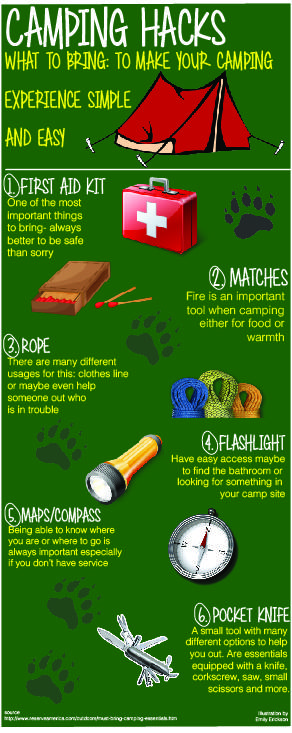The cone-shaped form of a bell outdoor tents makes it among one of the most effective sanctuary styles in background. Understood by numerous names, consisting of the Tipi, Pal, Goahti, Lavvu, or Nentsi, these single-pole cotton canvas camping tents were made with functionality in mind.
How do you hold a tent down?
Their simpleness and simplicity of setting up made them suitable for cultures on the move. This very same performance caught the eye of leisure campers, who soon incorporated short wall surfaces to develop a timeless outdoor tents layout that we currently called the Bell Outdoor tents.
Beginnings
Bell camping tents are an attempted and evaluated type of instant accommodation. Their roomy interiors and practical layout-- they are tough, very easy to establish and can stand up to strong winds because of their renowned bell shape-- have made them a popular choice for outdoor camping and glamping.
The modern-day bell outdoor tents traces its origins back to a 19th century armed forces camping tent developed by Henry Sibley. He adapted the layout of the American Indian tipi to develop his special camping tent which was then adopted by the military for usage in armed forces camps and expeditions.
The principles of this outdoor tents-- tough and difficult canvas offering a home-away-from-home for travellers-- have actually been improved gradually to accommodate the needs of modern campers. As an example, modern-day glamping camping tents provide facilities such as rugs and beds to boost the convenience of campers. These functions also aid to keep the stability of the original design and shield versus the aspects.
Military Usage
In the 19th century, bell camping tents were first utilized as military area sanctuaries. They were a popular choice due to the fact that they were durable, large, and easy to set up. Today, these camping tents are prominent among campers and glampers for their fashionable and functional style.
They are likewise widely made use of in armed forces and rescue procedures, where fast implementation is vital. Their easy structure suggests that they can be established in a short quantity of time, providing employees even more time to focus on the goal available.
The bell tent is generally made from a strong and weatherproof canvas, with a centre pole that's supported by a collection of canvas wall tent fixes. Duration prints show that these tents were formed a lot more like a cone than a squat structure, and the walls were tiny in connection with the height of the facility pole. This permitted them to hold up against wind and rainfall. They were frequently used by the ANZAC soldiers on their expeditions throughout Europe and Gallipoli.
Glamping
Glamping is a contemporary exterior recreation that has actually ended up being significantly popular. Individuals from all walks of life are seeking a method to enjoy the open airs comfortably and style. Whether it's an enchanting escape or a family members outdoor camping trip, a top quality camping tent can make all the difference.
A bell camping tent's round shape aids with stability in gusty conditions, while its spacious inside can suit lots of people. It is also simple to set up, needing only a main pole and a conelike canvas roofing system that resolves into a large base.
The bell tent was developed by Henry Hopkins Sibley, an US Army soldier that served on the Texas frontier in the 1850s. He took motivation from tipis he saw, and developed a style that was durable and conveniently portable. His outdoor tents was patented in 1856.
Contemporary Use
Today, bell camping tents are a staple in boutique camping websites, festival holiday accommodations, and as elegant outside sanctuaries for weddings or resorts. Their stylish, ageless designs blend custom with modernity, making them a favorite among those trying to find unique and comfortable accommodations that are both aesthetically attractive and remarkably easy to establish.
The modern-day bell camping tent traces its beginnings back to traditional camping tents made use of by nomadic people in Northern Europe, however experienced its prime time around the 19th century when canvas changed animal hides as the primary product. This adjustment, combined with a functional layout that prioritizes headroom, saw the appearance of a preferred military area sanctuary and, later on, the famous outdoor tents we know as the bell.
In the 1850s, an US Military soldier called Henry Hopkins Sibley created the first contemporary bell outdoor tents. Attracting inspiration from the tipis he had seen on the Texas frontier, his brand-new outdoor tents utilized a solitary main pole and vents to produce a framework that was both durable and easily mobile.
What is the life expectancy of a tent?
